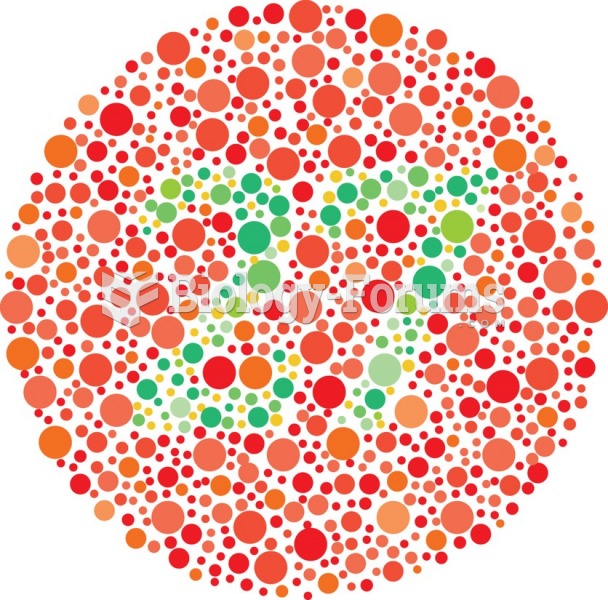Answer to Question 1
The nature of e-mail messages, being easy and quick to send, can lead to a lack of etiquette
and/or professionalism. E-mail is like any other form of communication in the business world
and you should treat it as such when dealing with co-workers, bosses, clients, vendors, or any
other recipients of your messages.
Keep the following in mind to improve your e-mail etiquette:
a) Timing expectations-When viewing an e-mail, look for any time-sensitive information or
expected deadlines. If no deadlines exist, then a maximum reply time of 24 to 48 hours is
usually considered acceptable.
b) Grammar-Proper grammar should be used in any form of business communication. It is
especially important in e-mail messages due to brevity and frequency of use.
c) Replies-When responding to e-mails, be sure to clearly address all issues that were raised
and answer any questions that require your response.
d) Greetings-Include a greeting with the proper level of formality. When writing to your boss, a
potential customer, a person significantly older than you, or someone you do not know, you
should use a more formal greeting such as Mr. Jones or Ms. Parks. A greeting such as Hi
Jane or Jane helps personalize an e-mail, but you should use such informal greetings only
when you know the recipient well.
e) Appropriate recipients-Do not overload people with messages if the topic doesn't directly
relate to them. Consider who really needs to receive your message. Of course, always be sure
to include those who are relevant to the conversation.
f) Junk mail and inappropriate material-Do not send inappropriate messages, forward jokes, or
send any other unprofessional communication through e-mail. E-mail in a business or
workplace environment should be treated professionally.
g) Capital letters-Use upper- and lowercase letters; typing in all-capital letters is considered
shouting and is rude.
h) Blind carbon copies-If a mass mailing is necessary, take the time to include all the
recipients in the blind carbon copy (bcc) list so that the e-mail does not reveal everyone's email address to the other recipients.
i) Clear the clutter-If you are replying to a long chain of messages, delete excess content from
the message thread so that recipients do not waste time wading through additional,
unnecessary content.
Clear e-mails lead to fewer questions or misunderstandings and to communication that is
more effective, which is good for everyone involved in your e-mail communications.
Answer to Question 2
Speech recognition software enables a computing device to translate a human's voice into
text-based input. The technology is becoming significantly more accurate than it was in the
past, allowing people to use their voices as an input device instead of relying solely on a
keyboard or mouse.
Speech recognition software found on computers and mobile devices offers business users
with physical disabilities a means of being more connected than before. Users who have
trouble typing on a keyboard can use speech recognition as a daily part of their work lives and
thus gain the ability to successfully utilize a wide variety of computing resources. Since many
people speak faster than they type, speech recognition can actually be a productivity booster
too.







